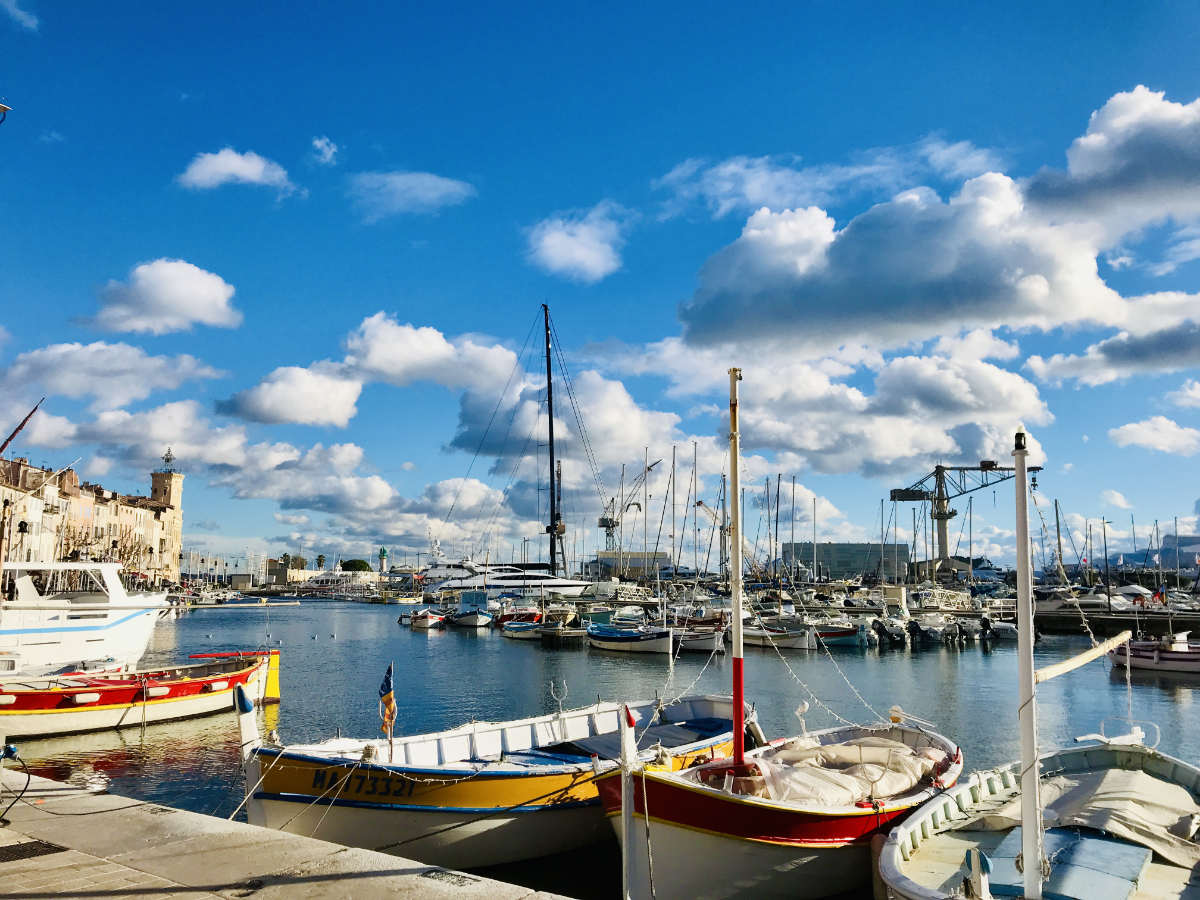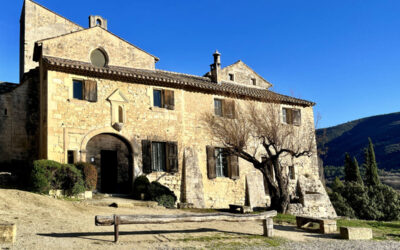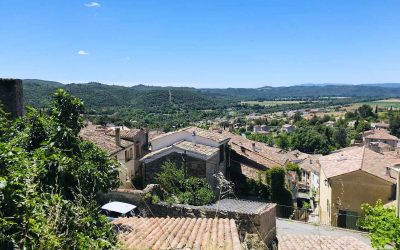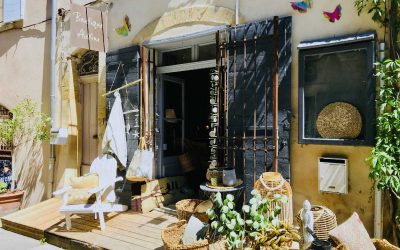La Ciotat is a seaside town in the south of France, located just a short drive from some of the best beaches on the French Riviera. With the famous Calanques cliffs on one side, bright sunshine all year round, and the deep blue Mediterranean at its doorstep, there is plenty to fall in love with in this small seaside city.
This port town has a rich sea-faring history dating back to antiquity and contains some stunning examples of 18th-century architecture. The city is situated on the Côte d’Azur and has a population of nearly 35,000 residents.
The town is surrounded by remarkable natural beauty, with several regional parks in its vicinity.
The French Riviera is a densely populated stretch of land that runs from the Italian border and Nice in the east to Marseille on the Mediterranean coast. The majority of the coastline belongs to the Provence-Alpes-Côte d’Azur region (aka PACA).
La Ciotat is known for its beautiful marina and its walks along the harbor. It is a town that doesn’t take itself too seriously, making it an ideal place to visit during summer vacations.
Humans have occupied this area since prehistoric times, with tribal presence established long before antiquity. Established as a fishing village, the town prospered during the Middle Ages.

Today La Ciotat is less of a fishing town, than it is an industrial town. With a strong shipbuilding and engineering base, particularly when it comes to luxury yachts. Many of the yachts that you will see in nearby Cannes, Saint Tropez and Monaco may have been built right next door in La Ciotat.
Not to mention the fact that the town’s big claim to fame: the site of the world’s first cinema by the famous Frères Lumières. You will see many names around town dedicated to the brothers who invented modern cinema industry as we now know it.
This small sea resort town is one of several very picturesque villages with a colorful pastel buildings that are typical in the south of France. It is also the home to a couple of sailing clubs, an extensive harbor, and a ruined medieval fortress.
The beaches in La Ciotat are a breathtaking stretch of fine sand, lined with seaside villas and holiday homes and flanked by rocky outcrops and pine-covered hills. This stretch of the Mediterranean counts several popular towns including Bandol, Cassis, Sanary-sur-mer, Saint-Cyr-sur-mer and La Seyne-sur-mer.
It is a popular holiday destination that caters more to local French tourists, rather than an international crowd, so if you are looking for a more authentic French experience, you will enjoy La Ciotat. Less touristy than other parts of the Riviera, there is still plenty to do and explore. So let’s get to the top things to do in the area, shall we? Allons-y!
Things to do in La Ciotat
1. Old Town and Port
As a seaside town on the Mediterranean, La Ciotat has a large port that goes along 2 sides of the city. There are large boardwalks and quais all along that are wonderful to stroll along to take in the sights and sounds of this busy industrial town.
On one end you will see the Môle Bérouard, the city’s famous 19th-century lighthouse. There are many small shop, restaurants and cafés in this area to explore.
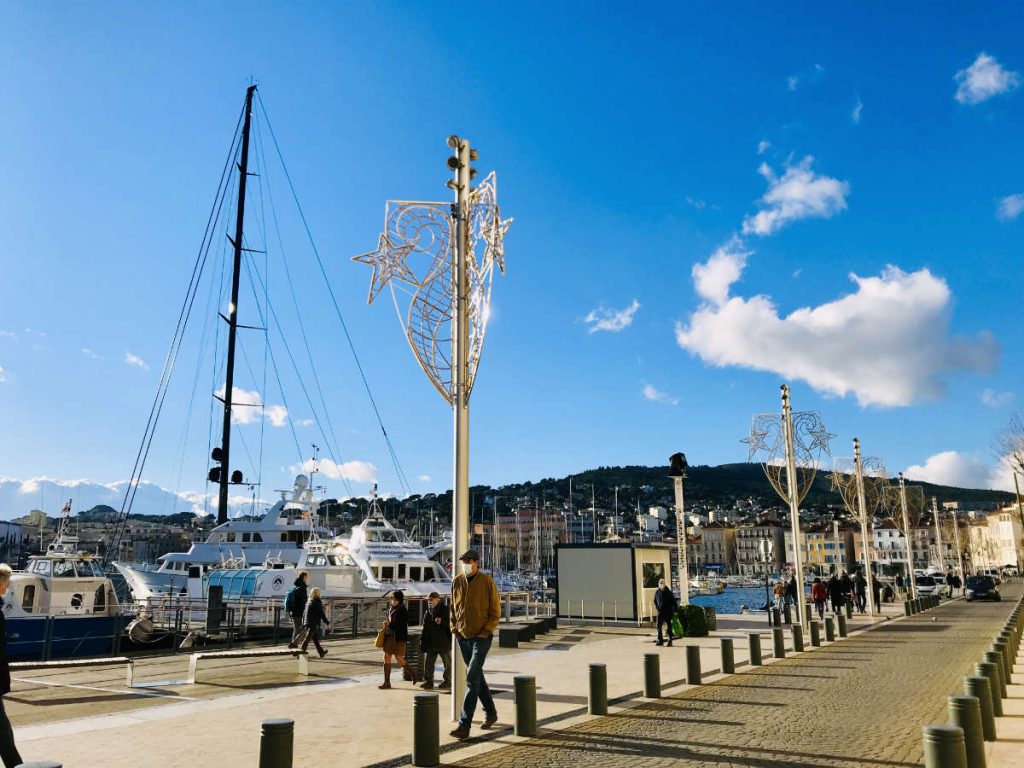
There are three 17-century churches in the area that you can visit:
- Chapelle Notre-Dame de la Garde – a chapel dedicated to the Virgin Mary where sailors would pray before heading out to sea. Up on a hill on the edge of town, with beautiful views of the Calanques.
- Église Notre-Dame-de-l’Assomption – In the heart of La Ciotat, a large church on the waterfront at Quai Ganteaume.
- Chapelle des Pénitents Bleus – a baroque style church near the port that also holds artist exhibitions.
2. Les Calanques de Figuerolles
Located right next to La Ciotat, you have that magnificent natural wonder, Les Calanques. With towering rocks and aquamarine clear water, you can decide to hike, swim, or just take it all in.
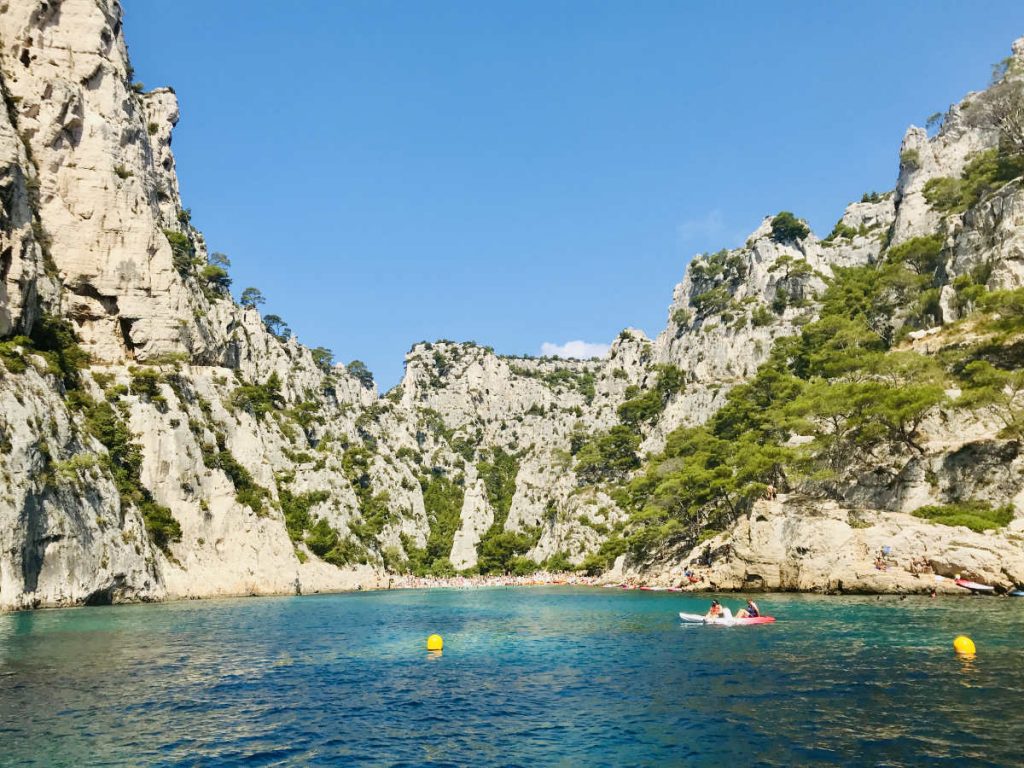
Drive over to the small fishing town of Cassis if you prefer to explore the Calanques by land, or take a boat leaving from the port in La Ciotat.
There are several tour options to head to the Calanques from La Ciotat that you can see here. If you enjoy snorkling and swimming, you will love going over to the Calanques. Wear hiking boots if you go by land, those rocks are slippery. And don’t forget to bring a bathing suit! You can read more about visiting the Calanques here.
3. Île Verte
Ile Verte (Green Island) is a piece of protected land that is part of the Calanques regional park, but you will definitely need a boat to get there. About 550m offshore, it is about 12 hectares of land of wooded trees and vegetation.
It was previously used as an ancient fortification, and you can still see At the remains of Fort Saint-Pierre and Fort Géry built in the Middle ages, which were strengthened by the Germans and then destroyed during the Allied bombardments of WWII.
There are 3 small beaches on the island as well, to explore and enjoy. Nature trails will lead you between the beaches, so bring shoes that you can walk in.
Regular maritime shuttles are available to take you back and forth from the port of La Ciotat, costing around €10-15 and taking around 15 minutes a trip.
4. Cinéma Eden-Théâtre
With the oldest cinéma in world still operating in La Ciotat, we would be amiss if we did not make a stop here.
Inaugurated on June 16, 1889, Eden was initially a performance hall that was to host variety shows, theater, and concerts. With the odd boxing match thrown in, of course.
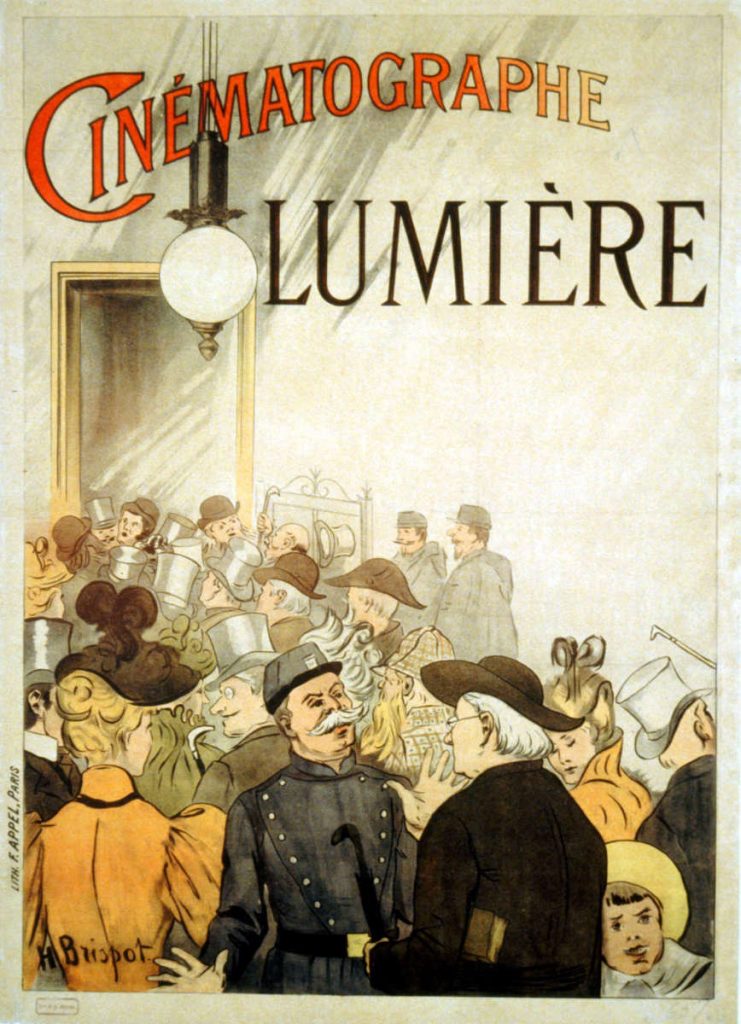
However, in the late 19th century, its owner Raoul Gallaud made friends with a newcomer to La Ciotat, a successful entrepreneur named Antoine Lumière, orignally from Lyon. Antoine Lumière bought the land next to the Eden theatre and built a 36-room “château”, the Palais Lumière (private property, currently closed for renovations).
However, it was the two sons of Antoine, Louis and Auguste, collectively known as the Frères Lumières (Lumiere brothers) who would put La Ciotat and the Eden Theatre on the map.
With the invention of a machine creating “motion pictures” which they called “the cinematographe”. In 1895, when on holiday at the Palais Lumière in La Ciotat, the two brothers used their cinematographe to make what were to become the first films in world cinema history:
- L’arroseur arosé (The sprinkler sprinkled)
- Querelle enfantine (Childish quarrel)
- L’arrivée d’un train en gare de La Ciotat (The arrival of a train at La Ciotat station.)
They started to show their films for private audiences in the Eden Theatre, and the rest as we know is, is history. This new technology spawned an enormous industry that has spanned the globe.
These days, you can watch a movie at the Eden, or you can take a guided tour of premises, with displays of old cinematographic equipment, posters, etc.
5. The Beaches
Now, if you are coming to this part of the Riviera, you know that it is famous for its beautiful weather, excellent beaches and yachts. While I can’t help you with the yachts, there are many lovely beaches in La Ciotat.
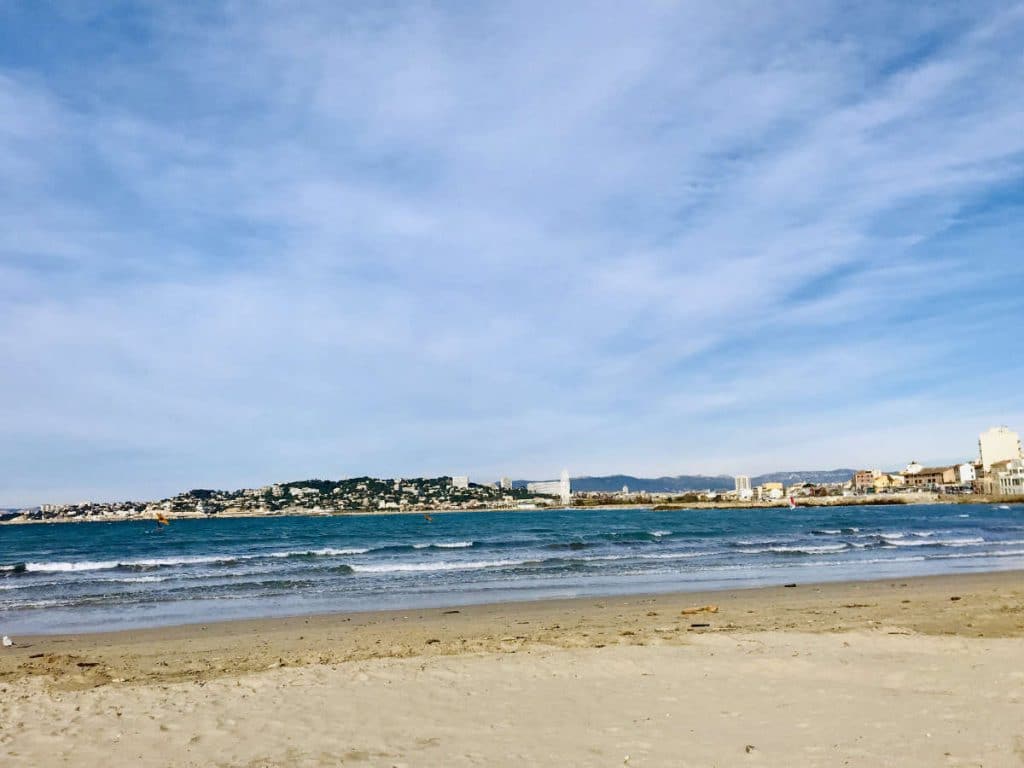
There are several beaches all to the east of the city, ranging from the nearest to the port, to the furtherest.
- Plage des Capucines – walkable from town in around 10 minutes
- Plage Lumières
- La Grande Plage – the biggest and most famous but will require a car to get there.
There are several small parking lots in the area, but it does get quite crowded in the summer.
6. Parc du Mugel
On the edge of La Ciotat, lies a large botanical park called the Parc du Mugel. The park is naturally sheltered from the seas by an impressive looking rock called the bec de l’aigle, as well as the mistral winds that are common along the coast near Marseille.
As a result, this microclimate allows a wide variety of foliage to prosper. You will see everything from bamboos to cactuses, as well as oak trees and tropical plants.
It used to be private property, but its 17 acres are now owned by La Ciotat. With a couple of small beaches and picnic areas, this is a lovely relaxing place to spend the day sunning yourself.
7. Musée Ciotaden
At one of the corners of the port, you will see an imposing yellow building, which is the Musée Ciotaden which is dedicated to the culture and history of the town.
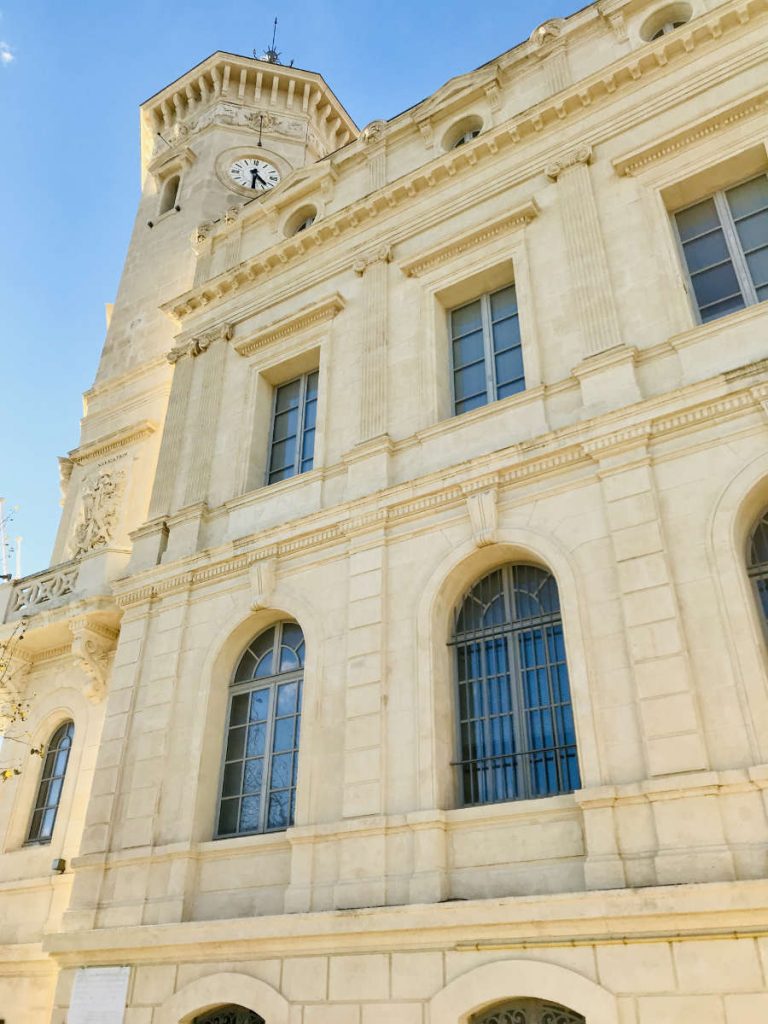
Housing more than 1500 objects, it was built in the 1940s by the locals who wanted to showcase their town to visiting tourists.
There are archeological remains from prehistoric times, as we know from excavations that there were tribes settling in the area as early as 3000 – 2000 BC. The museum also includes the city’s fishing and maritime history, as well as a feature on the Lumière brothers.
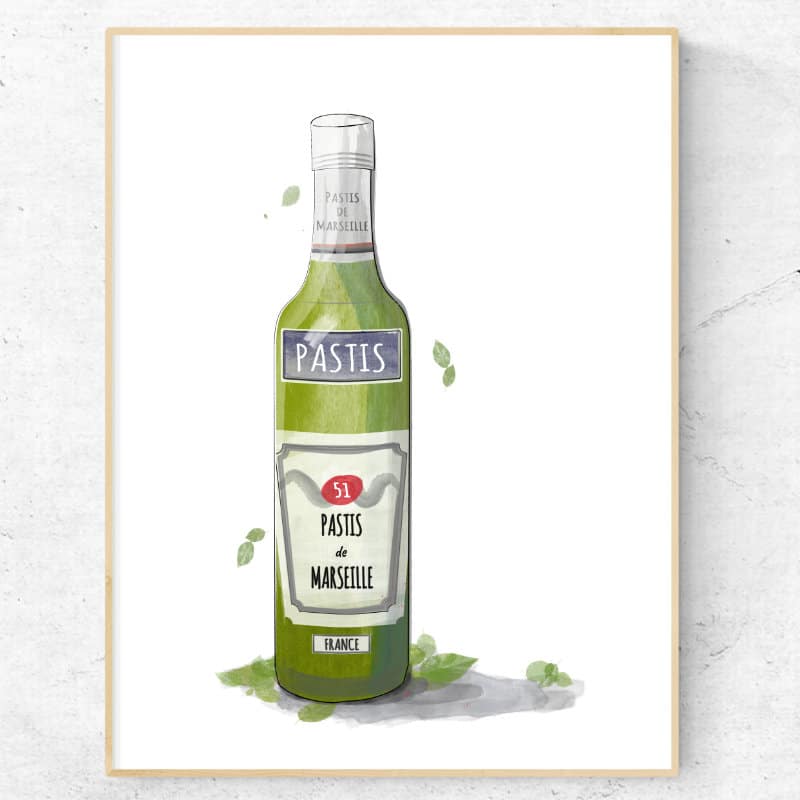
8. Local Specialties
There are many local specialties in the area from the bouillabaisse to the chicken provençale. Wash it down with an apéritif pastis or a local wine from the côtes de provence.
The traditional cuisine focuses on tomatoes, garlic, olive oil and fresh herbs, for a light yet filling meal. You can read more about local foods and drinks to try in Provence here.
9. Play Pétanque
A variation of lawn bowls and the Italian game of bocce, pétanque originated in 1907 or 1910 in La Ciotat. But that is not to say it is only prominent in the south of France.
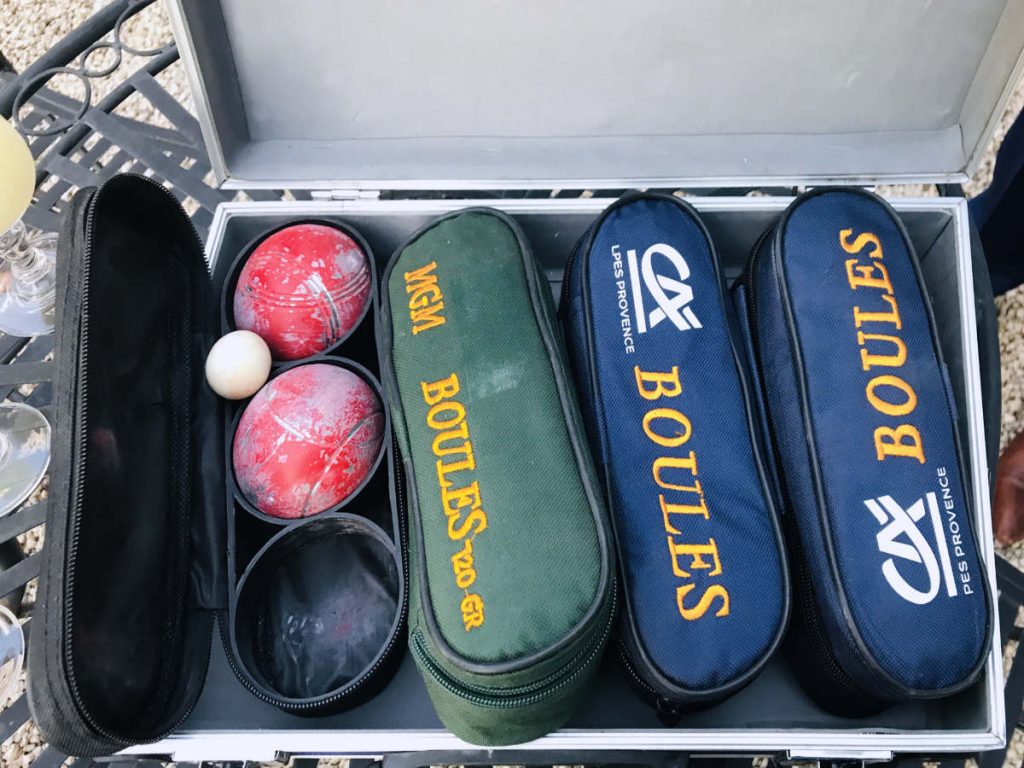
Pétanque has become so popular as a sport, there are leagues of players and competitions are carried live on sports tv channels.
Today, it is as well-loved as bowling in the U.S. or curling in Canada. You can read more about playing pétanque here.
Market days
Weekly markets
In La Ciotat, there are two weekly markets that are held:
- Tuesdays – 8am to 1pm on Boulevard Anatole France
- Sundays – 8am to 2pm on the Port Vieux and the Sea Front
You can read some tips for heading to the marché in France here.
Marché Nocturne
If you are visiting La Ciotat during the summer months, another thing you will not want to miss is the Marché Nocturne. Held on the quais of the Old port during the summer months of July and August, this open air market goes from 7pm late into the night, sometimes up to 1am.
The market sells all sorts of items from lavender and jars of honey to souvenirs of the Côte d’Azur. After all, who doesn’t want to shop after a night out at the Montecito, a large nightclub near the port.
How to get to La Ciotat?
La Ciotat is about 22 miles (35 km) west of Marseille, which has both a high-speed TGV train service as well as international airport with connections across Europe and the world.
From Marseille, there are busses that run from the main train station to La Ciotat several times a day.
How many days should you spend?
If you are looking to just explore La Ciotat, I would recommend one day. However, for a beach holiday, this is one of the less crowded spots on the Riviera, so you could choose to base yourself here to visit other towns, villages and cities in Provence.
Where should you stay?
Depending on your preference, you may prefer to stay near the center of town or near the beaches on the east end:
- €€€ – Hotel La Rotonde (near center of La Ciotat)
- €€€ – Hotel Plage St. Jean (near the beach)

If you enjoyed that post, you may want to read more about traveling around Provence and the French Riviera. A bientôt!
